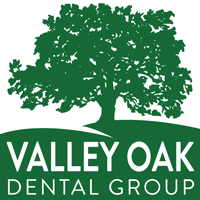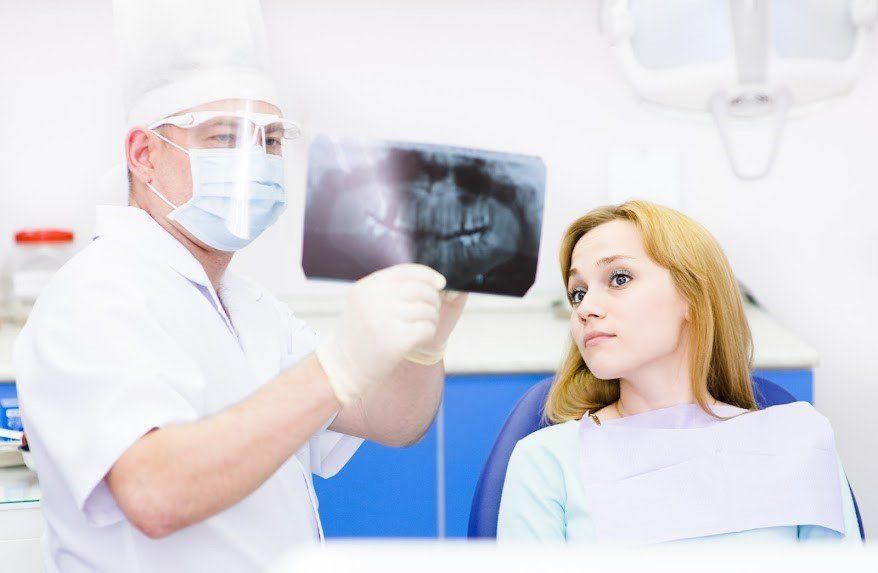Valley Oak Dental Group
An abscess forms in the body as a response to infection. It’s designed to contain the savage battle going on between your immune system and the invading germs. The abscess keeps the infection from spreading — at least for a while.
Abscesses form in the tooth or jaw as a result of bacterial infection of the gums and/or teeth. One of the red flags signaling an abscessed tooth is the awful pain that some patients feel in the affected areas of their mouths. Here are some other facts about abscesses that you should know if you feel a throbbing, stabbing pain in your tooth or jaw.
Abscesses Start With Cavities
If you have a sweet tooth, you’re not alone. According to a study done by the New Hampshire Department of Health and Human Services, the average American consumes over 150 pounds of sugar per year. When you have tooth decay, you know how much it hurts to eat sugary foods. That’s because sugary and acidic foods break down teeth.
Sugar on your teeth feeds the bacteria in your mouth. Well-fed oral bacteria start to form the hard plaque between and on the surfaces of teeth. Plaque erodes a tooth, makes a cavity, and opens the tooth up to further colonization by the bacteria.
When the bacteria reach the dentin, and later the pulp of the tooth, an abscess is likely to form. An abscess is a serious dental condition that must be treated as soon as possible.
Abscesses Cause Tenderness and Tingling
Some people feel a tingling, numbness, or itching in their jaws before an abscess forms. The affected tooth or teeth may be sensitive to pressure, cold foods, and sugary drinks.
The affected tooth and gum area may also feel as if it’s raised slightly. The tooth may feel loose or unanchored in the jaw. If you look in the mirror at the tender area, the gum may appear pale and swollen or red and inflamed. A hard or semi-hard cyst can also form on the jaw.
For some people, the pain is excruciating. An abscess can feel like intense throbbing, a bad headache, a painful earache, or someone jamming a metal spoon into your jaw repeatedly. The area may feel under pressure and about to burst.
That’s because the abscess is under pressure and about to burst. All of that immune-system-meets-bacteria-death-match business is going on like mad inside the abscess. As bacteria increase, your body’s immune cells must rush to the area to kill the infection.
When it gets too crowded in the abscess for all of the dramatic cell-to-cell engagement, the abscess bursts. The symptoms of a burst abscess include:
- Pimple or raw place inside the mouth
- Unpleasant taste of blood or metal
- Reduced sense of pressure
- Relief from pain
After the abscess bursts, you still need to see your dentist right away. Because even after bursting, a small abscess can grow and grow until half of your face swells up.
Abscesses Can and Must Be Treated
A dental abscess may seem like a small matter that will go away on its own. Unfortunately, you need antibiotics and a deep cleaning of your tooth or teeth if you want to fully get rid of the abscess. Untreated dental abscesses have led to critical and fatal brain and heart infections in people who didn’t receive proper dental treatment. Abscesses are that serious. Infection of the jaw area can also permanently eat away at your jawbone.
Fortunately, dental abscesses are easy to treat. Your dentist knows exactly what to do to help you feel relief. Your dentist finds the source of the infection and installs a tiny, painless drain to help draw out the abscess. If the abscess is sizable or in a tricky location, your dentist will let the antibiotics work and the pus drain for a few days before working on the tooth.
If the tooth can be saved, a root canal or other procedure may be performed on the tooth. This removes the infected (and painful) nerve in that tooth. A cap may be recommended to protect the tooth from further infections.
If the tooth is beyond repair, it will be pulled. If you need more chewing surface due to the absence of the pulled tooth, an implant or bridge can be made for you.
Abscess-Related Pain Responds to Some Remedies
If you must wait to see your dentist, there are some things you can do to ease your pain. First, try to brush your teeth gently but thoroughly. Use an antiseptic mouthwash to kill some of the bacteria in your mouth. Other tips include:
- Use floss to dislodge any trapped food
- Swish warm salt water around
- Avoid hot and cold foods
- Use an ice pack on swelling
Your dental office has more tips and tricks for short-term comfort and will treat your abscess like a dental emergency.
If you have serious pain or swelling in the gums, cheeks, or jawline, contact Valley Oak Dental Group right away.
Share Post
Search Post
Recent Posts








